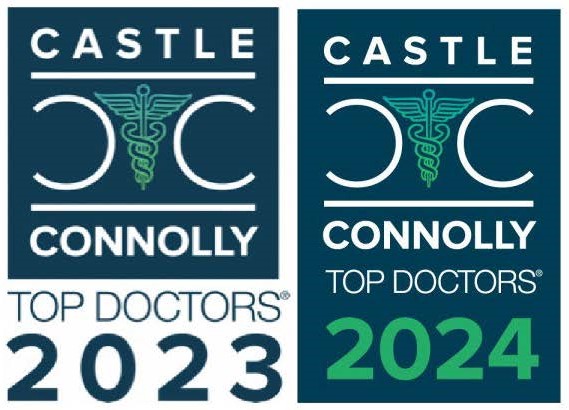
When it comes to individualizing treatment plans, few non-invasive treatments can compare to transcranial magnetic stimulation (TMS). At the TMS Institute of Arizona, we are committed to helping patients achieve better mental health—and even stop smoking—with a technology that works by changing brain patterns. Medical Life Sciences recently discussed just how customizable TMS is, stressing that even in an era when medical innovation is revolutionary, “what continues to be needed in virtually every field is a personalized approach to care.”
TMS works by using a magnetic field to increase (or decrease) brain activity within the dorsolateral prefrontal cortex. It is most often used to help with treatment-resistance, severe depression and that’s what the FDA first approved TMS for—but today TMS can help with a myriad of conditions. Patients use it to help with anxiety, OCD, eating disorders, and more. One of the medical professors who helped initially get TMS approved in 2008, Mark George, says customization is a must with TMS. He stresses that:
In the U.S., at any moment, 1 in 20 people is depressed in some capacity. About 60% respond well to therapy and medication, and another 20% respond when switched to an alternative medication. But for the remaining 20%, finding an effective drug treatment becomes vanishingly slim.
Even in patients who have had little luck with antidepressants, TMS is often effective. In fact, according to this article, by the second week of treatment most patients have fewer depressive symptoms. Keep in mind that this is for “regular” TMS treatments, and there are accelerated options that require just five days of treatment. “Depression is usually resolved in about one-third of patients and is decreased in another third,” states the article. However, George says that by better personalizing TMS, those figures have the potential to be even better.
A Better TMS Treatment
The machine of TMS itself is relatively straightforward. Magnetic fields are created via a coil that is placed on the scalp. It’s complete non-invasive and provides rapid-fire pulses to targeted areas of the brain. It’s how TMS is used that can make all the difference, and why you should only see leading TMS providers for your treatment. According to George,
In treating depression with TMS, it’s been standard to target one specific region, but this still leaves some patients who don’t improve. The almost Holy Grail in psychiatry would be, based on a patient’s symptoms, to say ‘You should get TMS, and we should target this part of the brain for best results.’”
A recent study in JCI Insight, which was led by George and Abraham Zangen, focused on moving towards individualizing plans and why that matters. It’s a multi-site study that reveals how TMS stimulates activity in the medial prefrontal cortex (which is typically not where TMS targets) as an effective means of treating depression. This study is also foundational in determining which depressive symptoms might respond best to various parts of the brain.
The Difficulty of Depression
Depression symptoms are vast and vary person to person, which means researchers had to gather a number of depression (as well as anxiety) markers prior to treatment during the study. The team then compared how depression symptoms responded at different treatment target sites. EEG brain activity in the prefrontal cortex was also examined during the first treatment. Following baseline information gathering, every participant then received either medial or dorsolateral TMS treatments for six weeks. The outcomes were ultimately comparable with one protocol having a 61 percent response rate and the other 64 percent.
George says that even though the treatment options were similar, “Having more locations and options is always better in medicine.” He is especially excited about seeing how the links between brain activity and pre-treatment symptoms presented. Those with a high level of baseline depression and anxiety did better with standard TMS while those with lower baselines enjoyed better results with the newer medial prefrontal approach. George says “The current study helped us to understand which symptom profiles might respond best to the targeting of each brain region. In the next study, we will tailor treatment to participants’ symptom profile to see if outcomes improve.”
For your individualized TMS consultation and treatment, get in touch with the TMS Institute of Arizona today. Call the clinic or, for the fastest response, complete the online contact form now.













